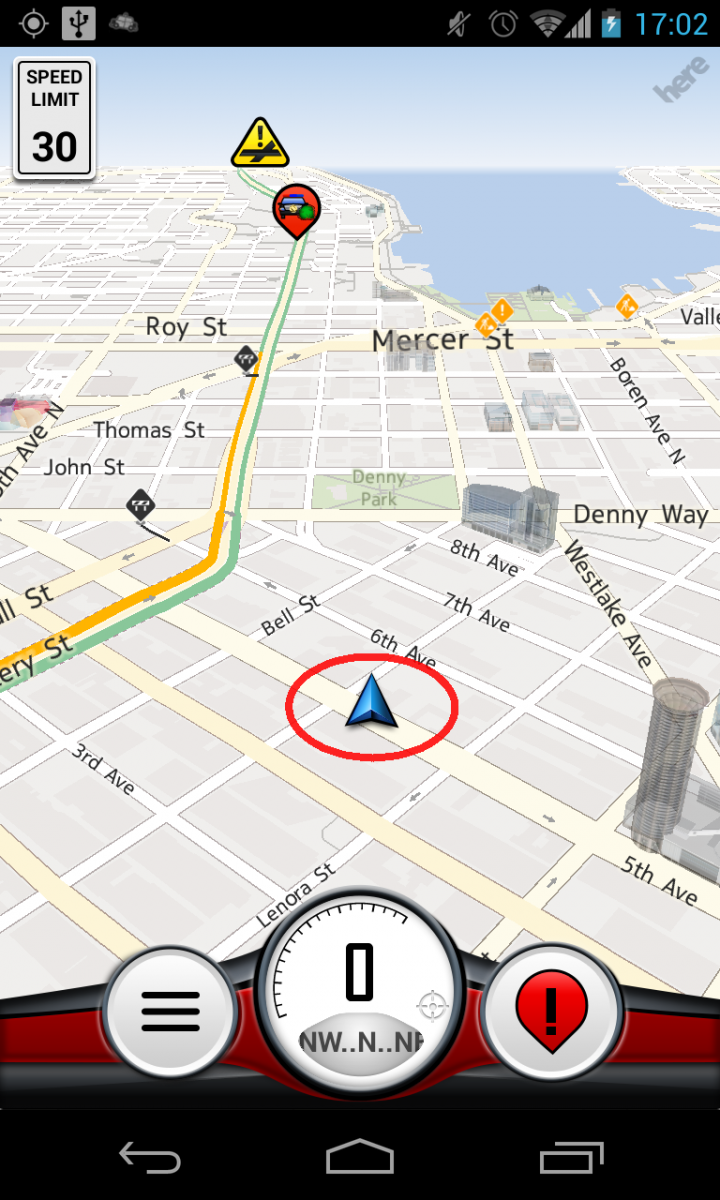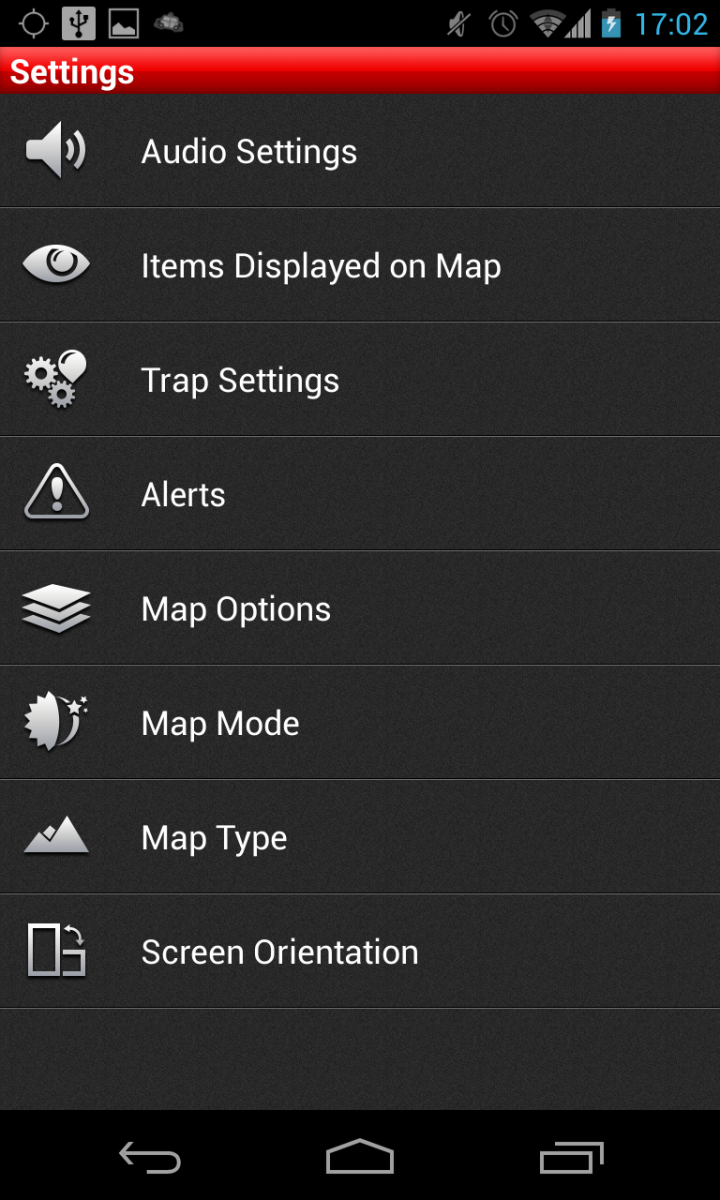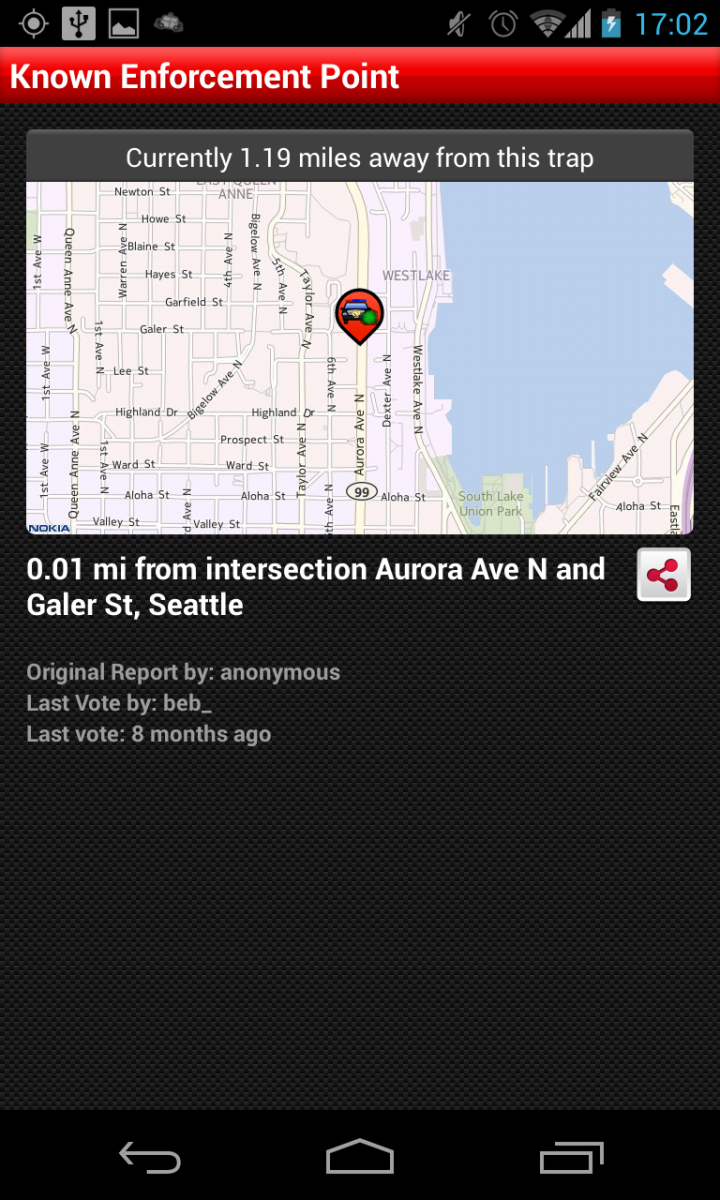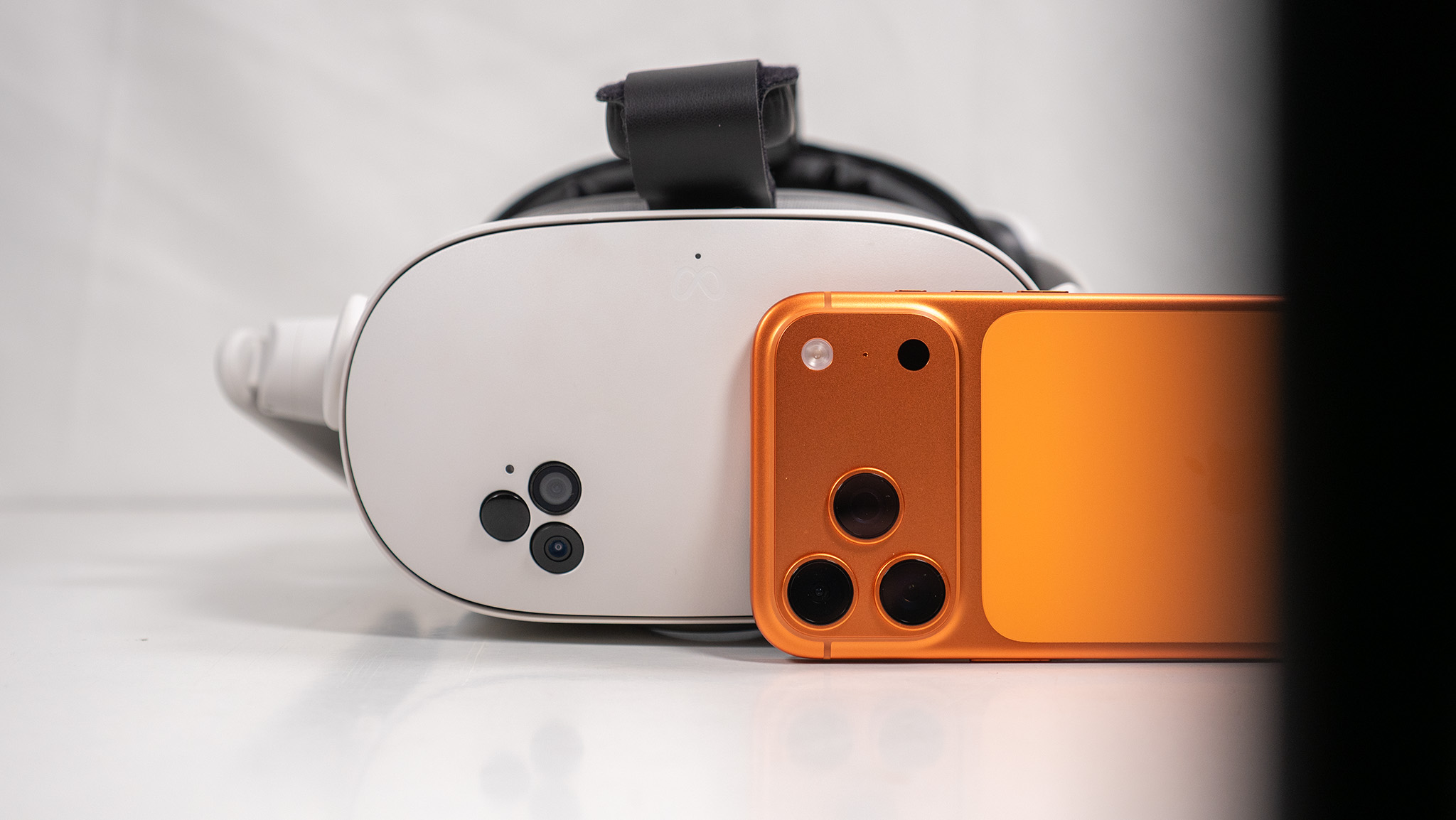Trapster 4.0: navigating through the latest update
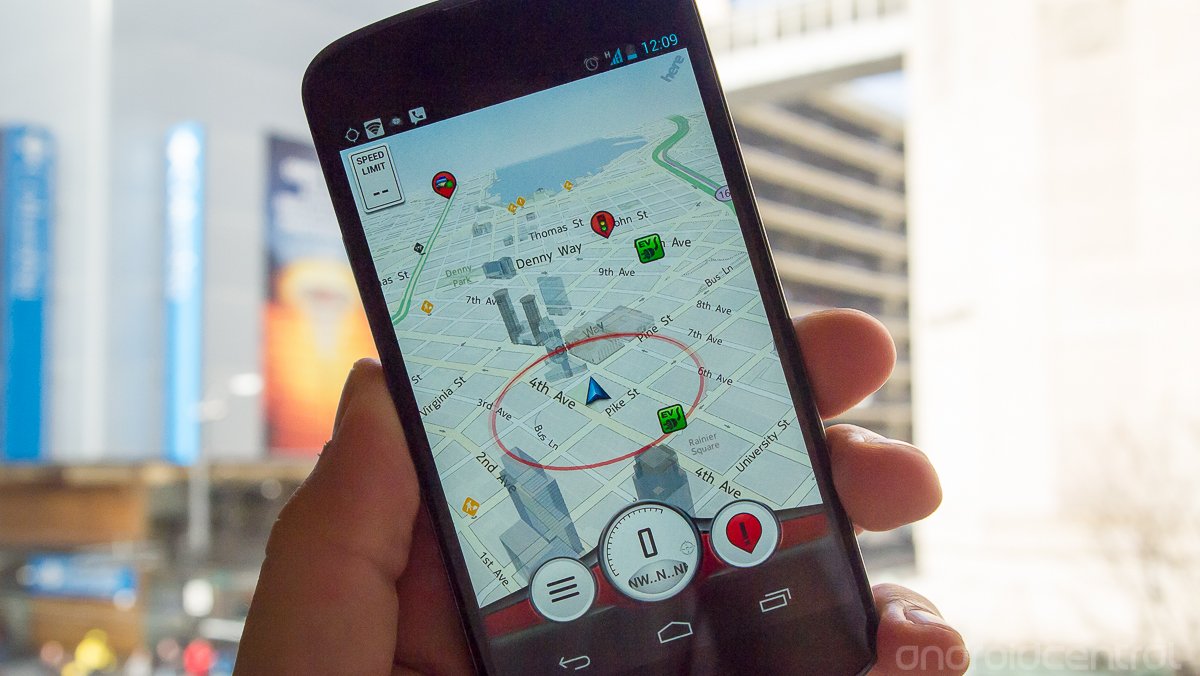
Trapster has been around for many years now, and although it has gone through a lot of changes since 2010 none may be as important as the move today to version 4.0. The newest version of Trapster leaves no portion of the interface or functionality untouched -- improvements can be found across the entire app. There's a new and user-friendly main interface, but the revamp goes all the way through to the settings.
Best of all, the mapping data has been improved substantially with the switch to the latest HERE Maps as the base, with a new 3D view and vector-based images. So what makes the new version of Trapster so great? Read on past the break and see what version 4.0 has to offer.
The interface
Let's make no mistake about it -- this is a completely new version of the Trapster app. Version 4.0 marks a move to the modern age of design and capabilities, from the basic interface down to the underlying data that it works with. The new interface is clean and useful, with just a few main elements. Because the app is meant to be used while driving, everything is kept simple. In portrait mode, you have an indication of the speed limit for the road you're on in the top left, along with a settings key, your current speed and direction, and a button to report something to Trapster. In landscape, you have settings and speed pushed to the bottom left, with the report button on the bottom right.
The redesign continues into the settings menu, which is best used to configure things before you leave the house. You can change specifically which items show up on the map, as well as how you'd like to be alerted on upcoming issues. There are some map settings as well -- if you'd like to turn off the new 3D feature for example -- but we found everything to be properly configured for most users out of the box. You can also manage your account and profile from the settings, which you'll want to do in order to get the most out of Trapster -- more on this later.
HERE Maps
The move to using Nokia's new HERE Maps service is a huge plus for the usability of Trapster 4.0. Not only do you get a mapping interface that's up-to-date and rich with location data, but you also get new features like vector-based images, 3D views and faster performance. These are all features we've come to know and love in the latest versions of Google Maps, and they all work just as well here. Along with all of the pins indicating points of possible traffic issues, major roads and freeways are overlaid with traffic information.
The maps are incredibly detailed and very usable, especially when you start using zooming in and seeing landmarks appear on the map. While the main intention of Trapster isn't to help you necessarily navigate from place to place, it certainly doesn't hurt to have high quality maps available. When compared to what was available previously, the new HERE Maps are a breath of fresh air. Especially considering that Android users are used to Google Maps, which are certainly the gold standard right now.
Using Trapster
The main idea of Trapster is to create a crowd-sourced database of useful information for drivers. The dataset has gone well beyond just speed traps and red light cameras, as more people have started to report things like construction, bad road conditions, and even "children at play" areas. When a potential issue is flagged in the app, it shows up as a pin at the location for other users to see. Tapping on a location gives details about the issue, and if you're logged in an option to agree or disagree that the problem still exists. In major metro areas you get enough crowd-sourced information to have a good set of data to work with. Trapster says it has over 18.5 million active users at this point.
Get the latest news from Android Central, your trusted companion in the world of Android
The latest revision to the app performs extremely well (we tested on a Nexus 4) with no issues to speak of. Much of the performance increase can likely be attributed to the new vector-based HERE Maps, which cut down considerably on load times. Even in the middle of the city by tall buildings, the app never had an issue finding a GPS signal either. Trapster will continue to run in the background unless you explicitly close it -- much like Google Maps while navigating -- which keeps your GPS locked on as well. Trapster performs like a modern Android app should.
Trapster 4.0 is an overall important and necessary update to the service that will keep it relevant in 2013. If you've somehow managed to not take a look at it in the last three years, there's no better time than now to get a first impression. The update is set to arrive in the Play Store this afternoon, and can be found at the link at the top of this post.

Andrew was an Executive Editor, U.S. at Android Central between 2012 and 2020.
